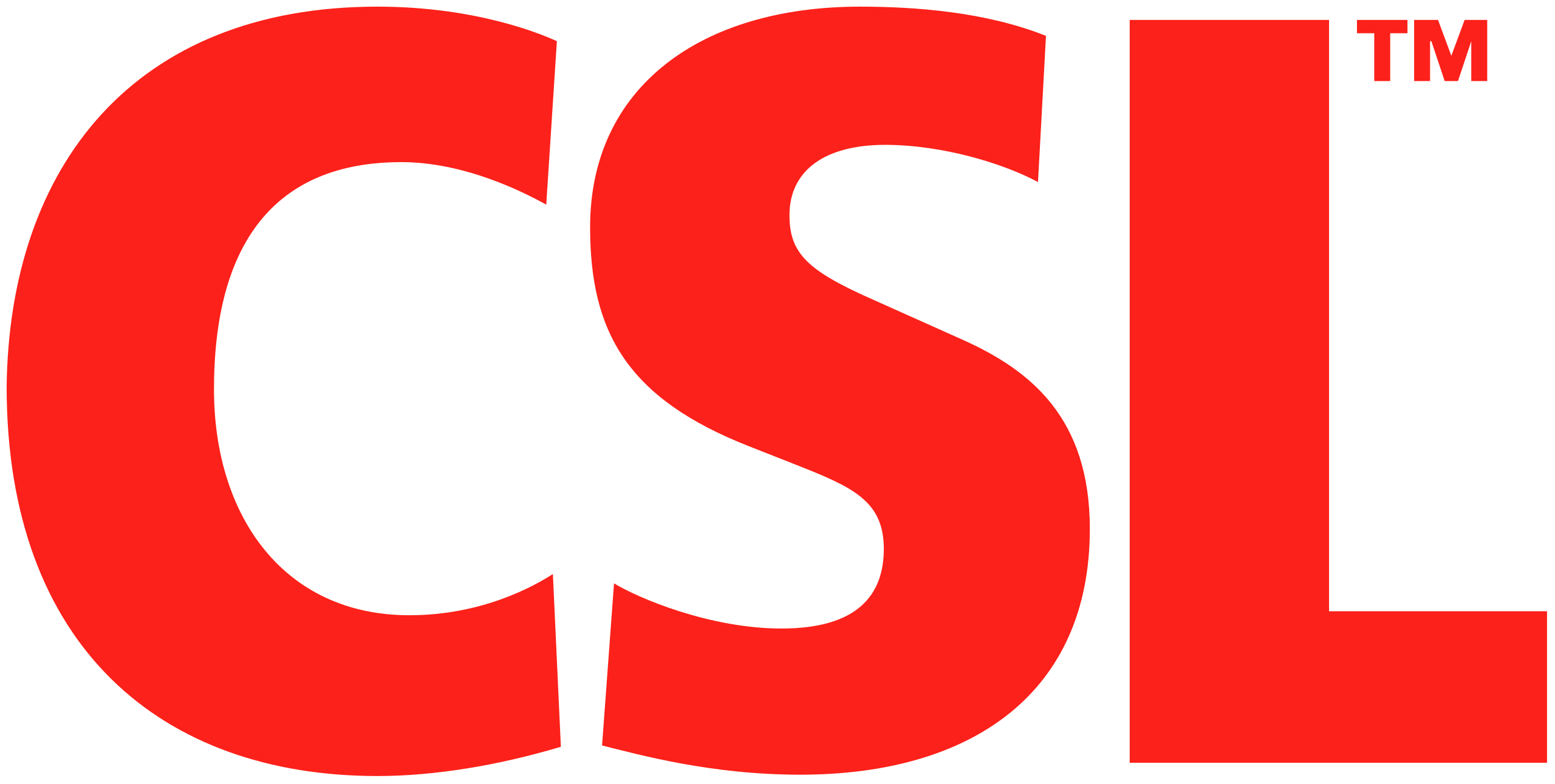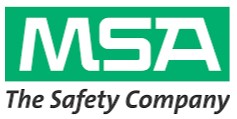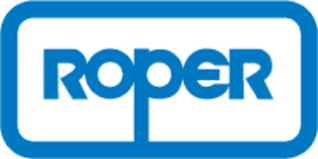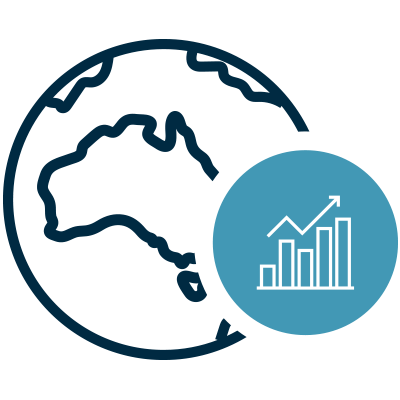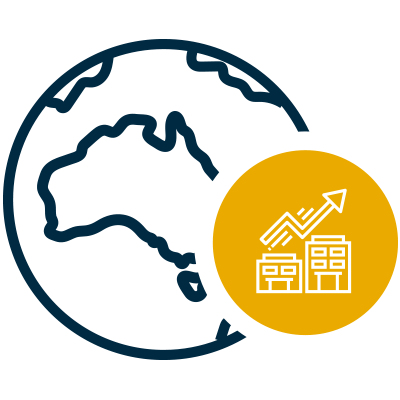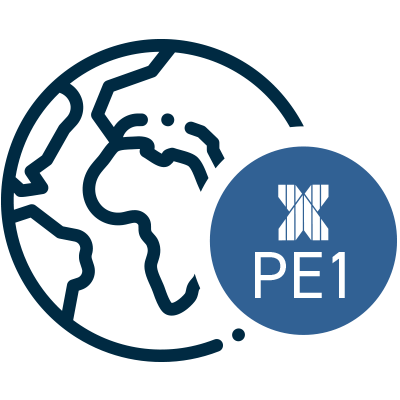SUMMARY
We have seen global stock markets start to run out of steam amidst the second wave of COVID-19 in Europe. Fears of a tighter lockdown and increased restrictions, coupled with the political chaos in the US, have made hopes of a global economic recovery by the end of the year unlikely. While some sectors of the market have struggled during 2020, others such as hydrogen have experienced significant growth. In this month’s commentary, Ty Lee shares his views on the new hydrogen era, exploring whether it is just hype or whether there are more substantive reasons to get involved.
We are delighted WHEB has been shortlisted for the Boutique of the Year (below £1bn AUM) category in the Specialist Investment Awards 2020 from Investment Week (UK).



